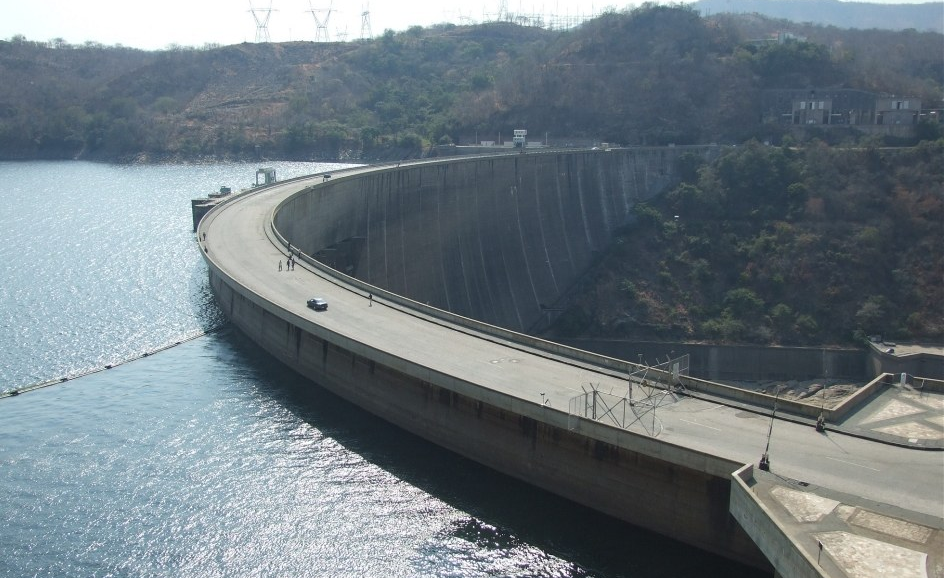Jasper Hloka and Claver Nyuki
The Parliamentary Portfolio Committee on Energy and Power Development, today toured Kariba Hydro-Electric Power Plant where it emerged that the on-going electricity load shedding is a result of low water tables in Kariba Dam.
The Committee which is chaired by Joel Gebuza, is touring Zimbabwe Power Company (ZPC) power plants in the country to familiarise with the utility’s operations and electricity generation.
Addressing the Committee, ZPC General Manager, Evans Chikwanha, explained that 65 percent of the water in Kariba Dam is ‘dead water’ as its level is way too low from the eight holes that turn the country’s eight turbines which generate electricity. Chikwanha added that “we only use 35 percent of ‘live water’ (which is above the holes), but right now we are operating at 30 percent of the ‘live water.’ Thirty percent translates to only 4.3 metres above the minimum required level of water.”
Chikwanha revealed that if they had continued generating electricity at the Plant’s maximum capacity (660 Mega Watts), production would decline to zero percent by November 2019. The utility has since scaled down to 358 MW.
The poor hydraulics at Kariba Dam have been attributed to poor rainfalls in the region. This prompted the Zambezi River Authority (ZARA) which regulates water between Zimbabwe and Zambia to ration supply of the precious liquid to the two countries.
Zimbabwe was allocated 16 billion litres of water out of the traditional 38 billion litres. Chikwanha indicated that only early rains would save the situation.




